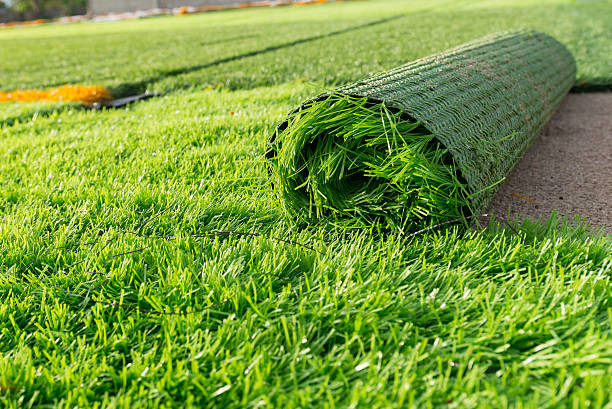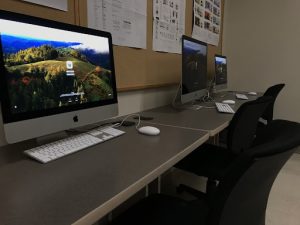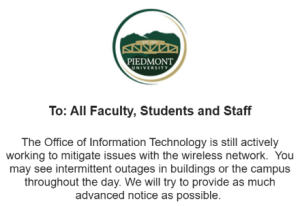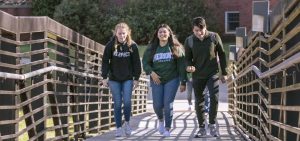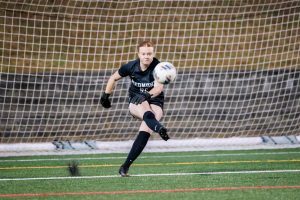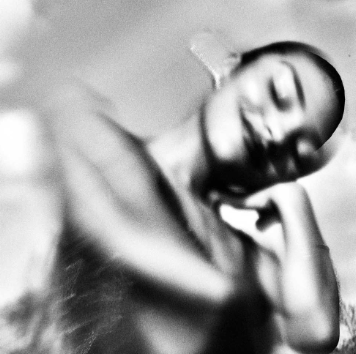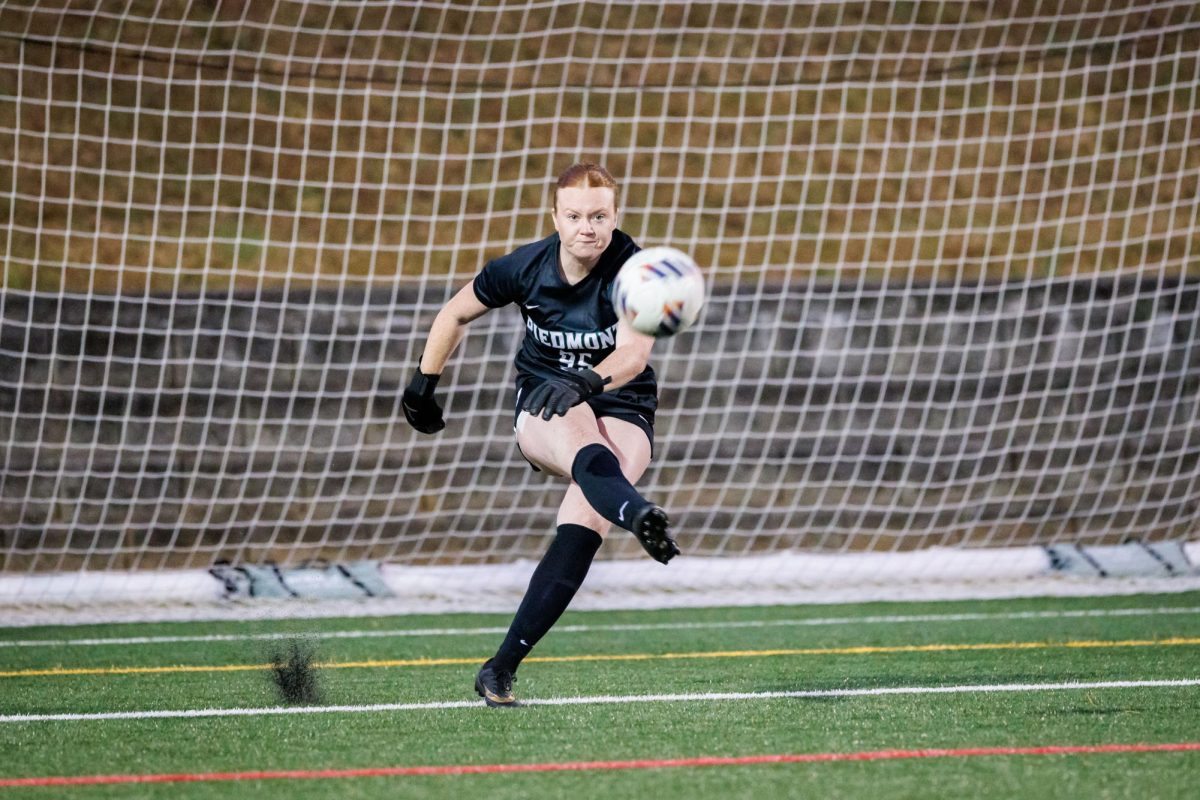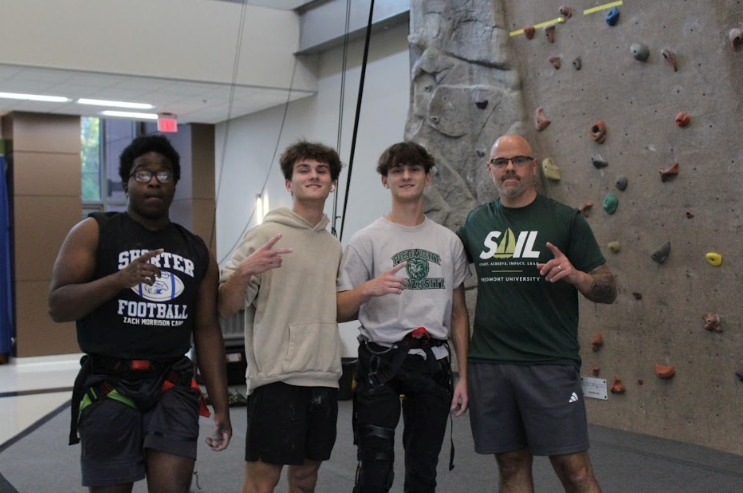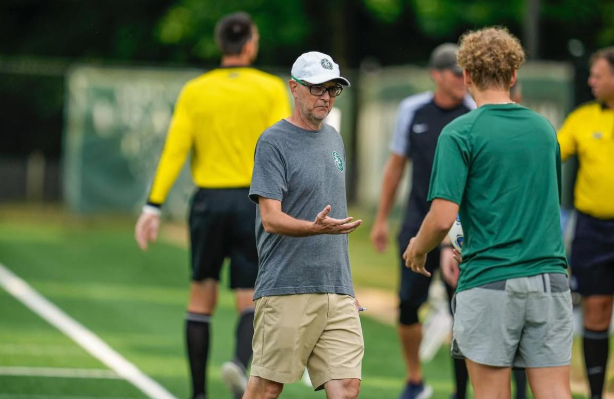Are They Safe?
PHOTO// istockphoto.com
February 28, 2023
Lately, the question circling fields that hold sporting events is: are they safe? Should athletes be persuaded to take the side of a natural grass field versus an artificial turf one? There are a few safety concerns that come with artificial grass; one being the increased risk of injury. The risk of non-contact injuries to lower extremities is 28% higher on an artificial ground. Natural grass has the ability to give a little more than turf, meaning when a wide receiver changes direction to outrun the cornerback, turf will grip onto the cleats more so than grass. What does this mean? It means that the ankles, knees and ligaments of an athlete are going to take the full force of each movement, while grass allows for some stress to be taken off impact with the ground.
Piedmont women’s and men’s soccer and lacrosse teams both practice and hold home games on a synthetic turf field. Walker Athletic Complex was built with the establishment of the former Piedmont College’s soccer team in 1992. The input of a synthetic field subtracts major upkeep from any budget equation. The maintenance and care required to uphold a grass field to be suitable for any sporting event is crucial. If a grass field is not supported properly, it poses just as much risk as the artificial grass.
“Turf fields are preferred because grass is hard to keep healthy once season picks up,” said Lindley Ward, a senior on the Piedmont women’s lacrosse team.
While athletes aren’t just putting hundreds of pounds of force on their joints to keep footing, they are also diving, tumbling, sliding, rolling, and practically skidding across the grass during a game. “Being a goalkeeper, I lay on the ground a lot,” said sophomore Haylee Dornan, the Piedmont women’s soccer goalie. “Turf is typically less dirty and allows me to slide a little bit more when I dive.”
The answer that players give is altered when a perfectly maintained natural field is involved. Turf burn is a specific rash that occurs when somewhat extreme contact is made with an unnatural field. It is incredibly painful, and incredibly common for players to experience when in a game or even practicing. It’s impossible to obtain a turf burn on a natural field, and if that field is kept up to the standards that deem it safe, why should athletes suffer turf? Another downside to the fake grass is the heat it absorbs and produces caused by the sun. Players are at a higher risk of heat exhaustion and even exposed to harmful chemical omissions that occur when the turf is heated to a certain temperature.
“There is a risk of burning rubber cleats, and also overheating the players,” says junior, Piedmont men’s soccer player Dylan Bodney.
Piedmont athletes are subjected to a preference of an artificial surface because Division three collegiate programs typically aren’t providing top tier pristine grass fields. The favorite field comes down to consistency, and you don’t have to mow plastic, so the grass may appear slightly greener on the other side of this argument.


